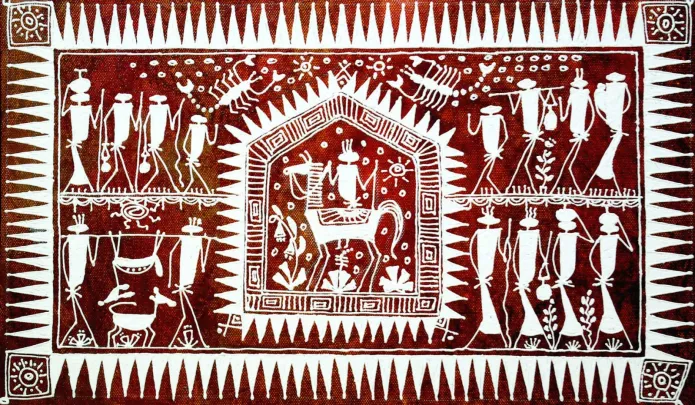- Among the hundreds of tribal communities living across the length and breadth of the country, there are some groups who are relatively more isolated, archaic, vulnerable, deprived and backward.
- These tribal groups are the most disadvantaged among the tribals. They live in small, scattered habitats in remote, inaccessible areas.
- Their livelihoods are especially vulnerable because over the years, the more dominant tribal and non-tribal groups have encroached upon the resources which they originally controlled and accessed for their survival.
- Despite numerous government schemes to mainstream these groups the results have fallen short of expectations. Since the 5th Five Year Plan when the Tribal Sub Plan (TSP) approach was adopted in the Country, they have been initially identified on the basis of certain criteria prescribed and designated as Primitive Tribal Groups (PTGs) and recently re-designated as Particularly Vulnerable Tribal Groups (PTGs) by Government of India for the purpose of receiving special attention for their all-round development.
The recognized PVTGs in Odisha are:
Kapdaganda shawl
- Woven and embroidered by the women of the Dongria Kondh tribe, a particularly vulnerable tribal group (PVTG) in the Niyamgiri hills in Odisha’s Rayagada and Kalahandi districts, the shawl reflects the rich tribal heritage of the Dongria Kondhs.
- It is embroidered on an off-white coarse cloth with red, yellow and green coloured threads, with each color holding significance. Green symbolizes the mountains and hills, and yellow stands for peace and happiness. Red stands as the symbol of blood.
Lanjia Saura Painting
- The painting, one of the oldest tribal art forms, is also known as Idital. The artworks are famous for their beauty, aesthetics, ritualistic association and iconography.
- The art form belongs to the Lanjia Saura community, a PVTG largely residing in the Rayagada district. These paintings are in the form of exterior murals painted on the mud walls of homes. White paintings figure over a crimson-maroon background.
- The Birhor are a Munda-speaking, forest-dependent semi-nomadic tribal community with fewer than 20,000 members concentrated in the eastern central Indian state of Jharkhand and adjacent northern parts of the state of Odisha. Only a few thousand fluent speakers of the Birhor language remain at present as their way of life and their language are both under threat.

